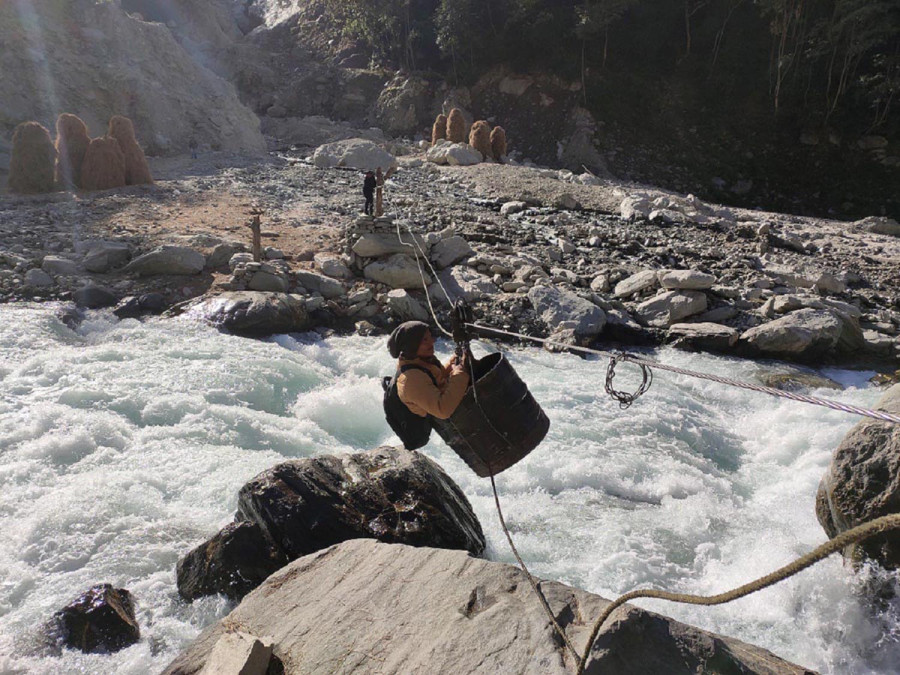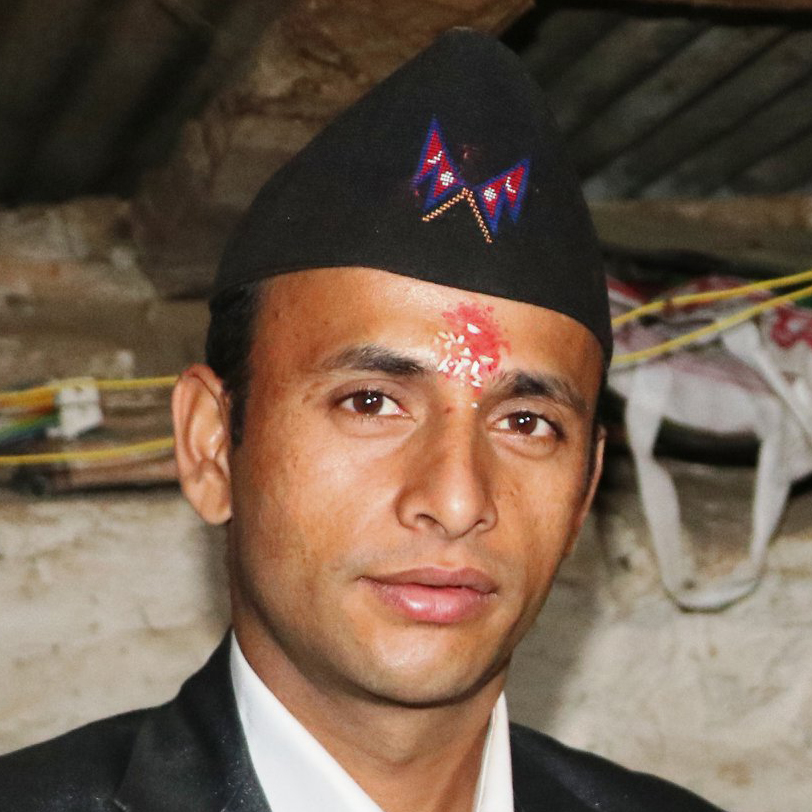National
Over four years since government decision to replace tuins, they are still in use over Mahakali River
Tuins are still in operation at seven places in Byas Rural Municipality.
Manoj Badu
Before the government announced the tuin replacement programme, there were 11 tuins over the river, which borders Nepal and India. Only two suspension bridges have been built, one in Lali and the other at Tigram, in the last four years while more than half-dozen tuins are still in operation.
The district administration had sent a proposal to the federal government recommending the spots where tuins needed to be replaced with suspension bridges. However, there hasn’t been much progress towards that end.
Tuins are still in operation at seven places in Byas Rural Municipality.
“People are still dependent on tuins to cross the river,” said Narasingh Bhandari, a local of Byas.
Besides Byas Rural Municipality, various places in Malikakarjun and Lekam rural municipalities also rely on tuins.
“The government had announced in 2015 that it would replace all tuins within two years, but four years have already passed and we are still using tuins to cross the Mahakali,” said Harak Singh Karki, a local of Byas Rural Municipality Ward No. 2.
Construction of four suspension bridges began in Badgaun, Malghatte, Maal and Baku starting this fiscal year.
“Initially, eleven suspension bridges were proposed, but some of the planned bridge projects had to be put on hold after the Indian side expressed reservations, citing security concerns,” said Karan Singh Dhami, assistant engineer at the then-District Technical Office. “While tuins over Mahakali await replacement, those in other rivers such as Gogane, Jarbagad and Sitolighat have already been replaced.”
Meanwhile, the locals of Byas Rural Municipality Ward No. 2 have started constructing makeshift wooden bridges due to the lack of bridges in their areas.
“These makeshift bridges are temporary. They get flooded during the monsoon, and we have to revert to using tuins,” said Dhiran Singh Budhathoki, the ward chief.
Most of the locals in Byas travel to India daily for manual labour.
“We know that tuins are risky, but we have to use them to cross the river in order to make a living,” said Jaya Dev Singh Dhami, a local man




 21.12°C Kathmandu
21.12°C Kathmandu















